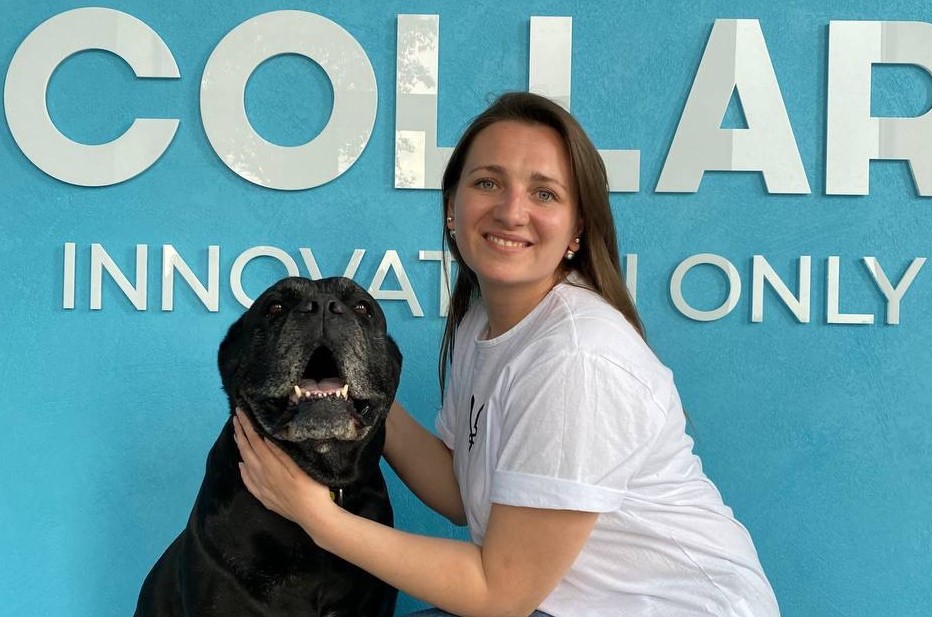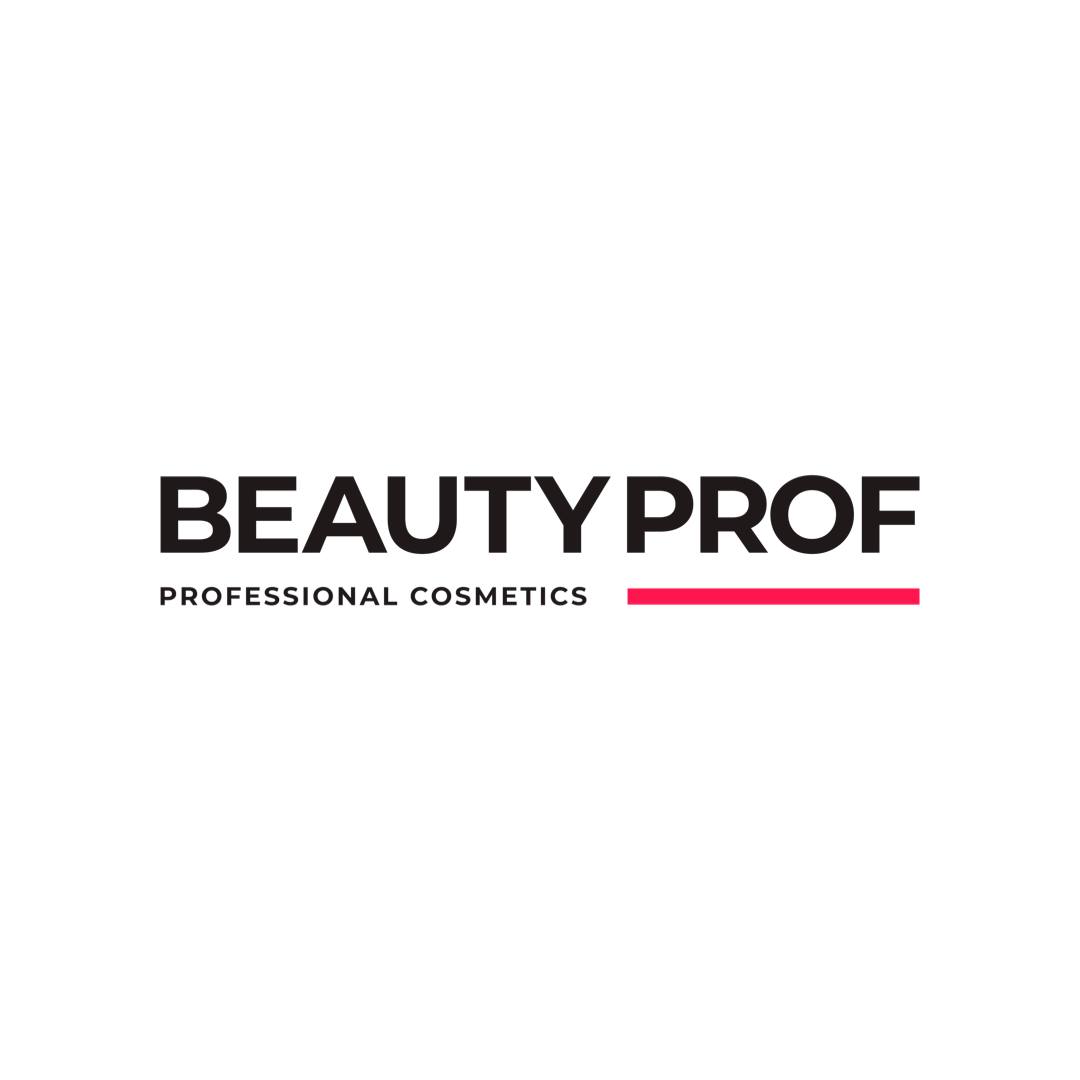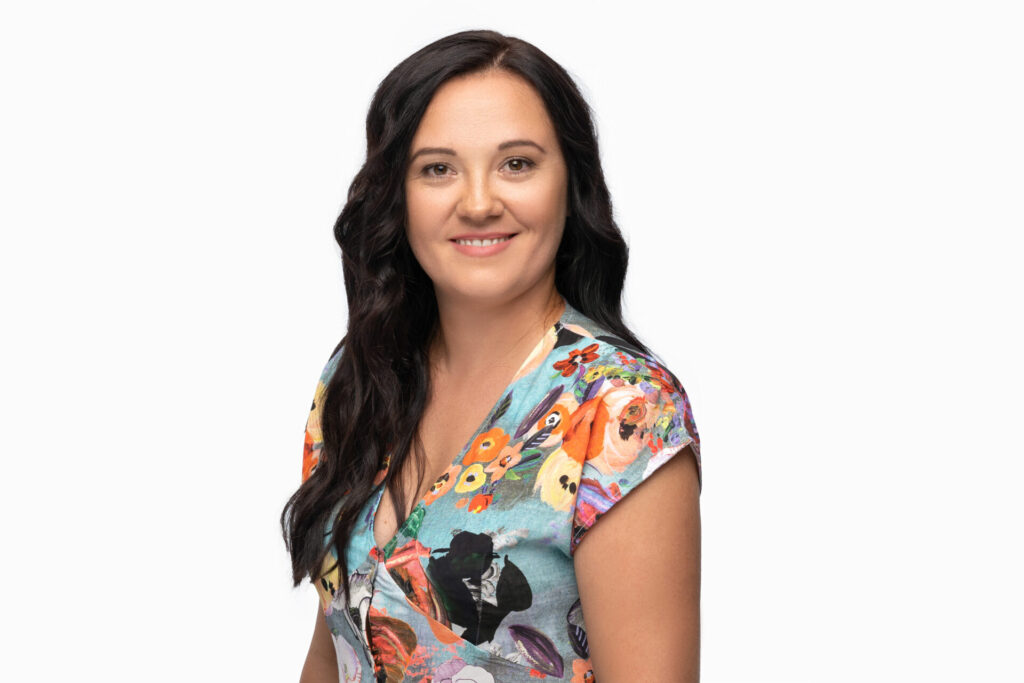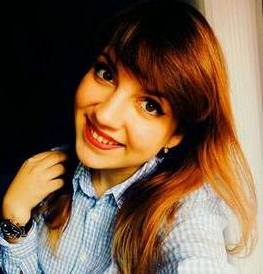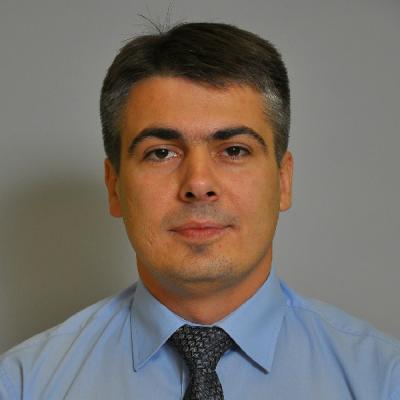
LMS Collaborator 2.52.0 – Additional bonus accrual, role assignment via import, competency search by tags and other updates
Meet the new version – LMS Collaborator v.2.52.0!
1. Gift shop – Additional bonus accrual
With the help of the LMS Collaborator Gift shop, you can further motivate employees to learn by creating an exciting gamification atmosphere.
The principle of operation is quite simple. By completing tasks, employees receive bonuses that they can accumulate and exchange for gifts from the store that interest them: various accessories, corporate merchandise, books, electronics, certificates, etc.
The number of bonuses that will be awarded for each task, the assortment of the store, and the “price” of gifts are set by the portal administrator.

LMS Collaborator gift shop
Read more about the Gift shop here
Now you can reward employees with bonuses not only for training, but also for other achievements, for example:
– for the successful completion of an important project,
– receiving positive feedback from customers,
– achievement of high performance indicators,
– active participation in corporate events or initiatives, etc.
To do this, on the Bonus adding page, select the necessary employees and specify the number of bonuses to be added:

The number of accrued bonuses for each employee will be collected in a separate log of adding and spending bonuses:

2. Flexible role assignment when importing users
Each user of LMS Collaborator has a corresponding role or several roles that provide them with the necessary access rights to the portal functionality. For example, the administrator role provides full access to system settings and user management, the manager role allows you to create tasks and track the progress of subordinates, and the regular user role is limited to viewing and completing assigned tasks.
We have improved the process of assigning roles for LMS Collaborator users.
Now, when uploading a CSV file with new employees’ data, you can specify the appropriate role for each user. To do this, in the Policies, you need to select the role assignment mode – “By import value”.

This allows administrators to more accurately manage the access rights of new users and saves time on manual role adjustment.
3. Creating a position profile – Searching for competencies by tags
In LMS Collaborator, you can maintain a corporate library of competencies, based on which you can create job profiles for employees. These profiles include goals, responsibilities, required competencies, and their level, which gives you a clear understanding of the requirements for each position and creates a basis for competency-based assessment.

If you need to quickly find certain competencies when creating a profile, you can use the filter by groups or labels – the system will automatically sort the necessary elements for quick selection.

4. Updating the settings for sending reminders about unsuccessfully completed and missed tasks
One of the key elements of an effective learning process is an automatic reminder system that helps employees not to miss important tasks and deadlines. Recognizing the importance of timely communication, we have updated the settings for sending reminders of unsuccessfully completed and missed tasks in LMS Collaborator.
In addition to specifying the exact time when emails are sent, administrators can also choose specific days for sending them. This allows you to create flexible communication scenarios tailored to the specifics of your team’s work schedule. For example, you can set up reminders to be sent every Monday at 9:00 a.m. to help employees plan their workweek effectively. Or, you can set up emails on Mondays and Thursdays, ensuring regular monitoring of progress throughout the week.

5. Setting up the sequence of task blocks in personal plans
In LMS Collaborator, you can create personal development plans (PDPs) for employees by filling them with a variety of learning tasks: videos, tests, surveys, courses, etc. You can also add any other individual tasks.
Read more about Personal plans for LMS Collaborator
For ease of use, PDP tasks can be grouped by semantic blocks, for example, by goals, competencies, indicators, etc. You can also customize the order in which these blocks are displayed in a personal plan. Thus, structure the plan according to development priorities.

6. New message templates
6.1. Reminder of deadlines for personal tasks in the PDP
In addition to learning tasks, an individual development plan can also include personal tasks that an employee defines on their own or receives from their manager. These can be lists of professional books to be read, videos, additional trainings, webinars, or other types of tasks.
For more efficient time management and planning, you can set deadlines for such tasks. To prevent employees from missing deadlines, we have added a new notification template that will send reminders when a deadline is approaching.

In addition, in the task reminders settings, you can specify how many days before the deadline an email should be sent.

6.2. Notification of revision of the request for career development
The Collaborator LMS not only organizes corporate training, but also promotes employee career development. With the Requests for career development tool, managers can create job lists with a list of requirements for candidates, and employees can apply for advanced training and promotion to a new position.

Each position has a list of requirements that the employee must meet. If the level of competencies does not meet these requirements, the manager can reject the application or send it back for revision. In this case, the employee receives an automatic notification from the system with information about what needs to be improved.

This allows for clear tracking of individual career progress and enables employees to understand what skills they need to develop to achieve their career goals.
7. Mandatory commenting function in checklists and evaluations
Feedback is an important element of employee development and business process improvement. It provides detailed information about the quality of work performed, identifies weaknesses, and provides constructive advice for further improvement. The more accurate and reasonable the feedback is, the more opportunities there are to correct behavior or processes, and to improve efficiency.
In LMS Collaborator, you can use various tools to provide feedback, including checklists and assessments. Checklists allow you to structure the assessment and control process and ensure transparency in meeting standards. Criterion-based assessment helps to analyze the results of work or the performance of specific tasks in more detail.
To make feedback even more meaningful, you can enable the mandatory commenting feature. When this option is enabled, users must leave a comment for each item on the checklist or group of evaluation criteria.

An example of mandatory commenting on a checklist
Required comment fields are marked with an asterisk (*), and the system will not allow you to submit the form until all required comments are filled in.
8. Updating features for working with learning resources
In LMS Collaborator, we are constantly working on improving the functionality, and this time we focused on improving the work with resources.
What’s new:
1. Adding a drop-down list.
The resource editor now offers the ability to create collapsible menus that can be expanded and collapsed. This allows you to better structure the content of large resources, making them more organized and easy to navigate. Users can easily browse sections of interest without having to scroll through long pages, which greatly improves the convenience of working with large amounts of information.

2. Notification when a resource title is repeated.
When you create a new resource, the system will automatically check if there is already a resource with the same name. If it does, a notification will be displayed: “Attention! A resource with this title already exists”.

This reduces the likelihood of duplication of resources by ensuring that titles are accurate and unique. It also helps to avoid confusion and increase the efficiency of content management in the system.
3. Increasing the limit for adding attachments to resource pages.
Now you can add up to 100 attached files to resource pages, which allows you to create comprehensive training materials. These can be documents, presentations, videos, images, etc.
4. Increasing the maximum size for uploading videos.
The maximum size of video files for uploading is now 1 GB. This allows you to upload longer or higher quality videos without having to compress or split them into multiple parts.

9. Setting up a course report
In this version, we have added the ability to customize the composition of the course report table. You can choose which fields are displayed in the table, including standard and custom fields from the user profile. Also, you can pin the first column with the first name, which allows you to keep names visible when viewing large tables with a lot of data.

The customized report can be exported to Excel for further analysis without wasting time on additional formatting.
10. Assigning performers in work task templates in advance
With the help of LMS Collaborator’s Work Tasks, you can assign various tasks and assignments to employees, monitor the process of their implementation, and ensure that deadlines are met.
Read more about the “Work tasks” functionality
You can prepare templates for typical tasks that are repeated with a certain frequency. This greatly simplifies and speeds up the process of creating and assigning tasks. In the template, you can predefine the task name, description, priority, and, if necessary, add an execution plan. In addition, you can now assign a performer directly in the template.

Despite the preliminary assignment of a performer in the template, you can always change the performer or add additional participants when creating a specific task.
11. Learning history – Filter by task assignment method
In LMS Collaborator, you can view detailed analytics of each employee’s training, including dynamics, task status, and results. All this information is collected in a separate report “Learning history”.
To improve the experience of working with the report, we have added a new filter by task assignment method. Now you can quickly filter tasks that are part of an individual development plan, assigned by an administrator, or selected from a catalog.

This allows administrators and managers to effectively track employee progress, quickly obtain the necessary information, and focus on important tasks.
12. Improvements for learning paths
In LMS Collaborator, you can create learning paths – structured development plans for specific positions or roles. They are a customized sequence of learning tasks that are automatically assigned based on the results of the previous ones.
Read more about the learning paths here
In this version, we have added several useful improvements that will make working with learning paths even more convenient:
1. Visual identification of learning path tasks.
Task cards that are part of an assigned learning path now display a special label. This allows employees to instantly identify the task as part of the trajectory. Additionally, the task can now be quickly linked to the visualization page of the entire trajectory, which improves navigation and understanding of the learning context.

2. Improved learning path navigation.
- Fixed display size.
Now the learning path has a standard display size. At the same time, users can change the scale for convenient viewing of each element.
- Limiting the area of movement.
We’ve added a restriction on the movement of the path so that it always stays within the visible area of the page. This prevents you from accidentally “losing” a part of the learning path outside the screen.
- Adaptive scrolling.
For large learning paths that do not fit on one screen, we have added a scrolling function. This allows you to easily view even the most complex and longest trajectories without losing the overall structure.
13. Hiding the portal login form
If your company uses external authentication services in LMS Collaborator, you can hide the standard login form to avoid confusion and simplify the authorization process.
You can do this on the Policies page:

To prevent possible unforeseen situations, you can also enable the “Display a button for sign-in in with login and password” option. This will allow users to use the standard login method if necessary.
After activation, the standard login form will no longer be displayed, and users will be automatically redirected to the chosen authentication method, for example, via SSO or other external services.
14. Importing an organizational structure from People Force
Creating an organizational structure in LMS Collaborator helps to store information about the structure of functional subordination of employees. It allows you to:
- Store information about the company’s departments;
- Record the positions of employees in these departments;
- Identify relationships between managers, subordinates, and colleagues.
You can automatically import the organizational structure from People Force into your learning portal. This makes the process of updating the company structure even easier and faster, eliminating the need to manually make changes.
Read about the previous version of LMS Collaborator 2.51.0 here

